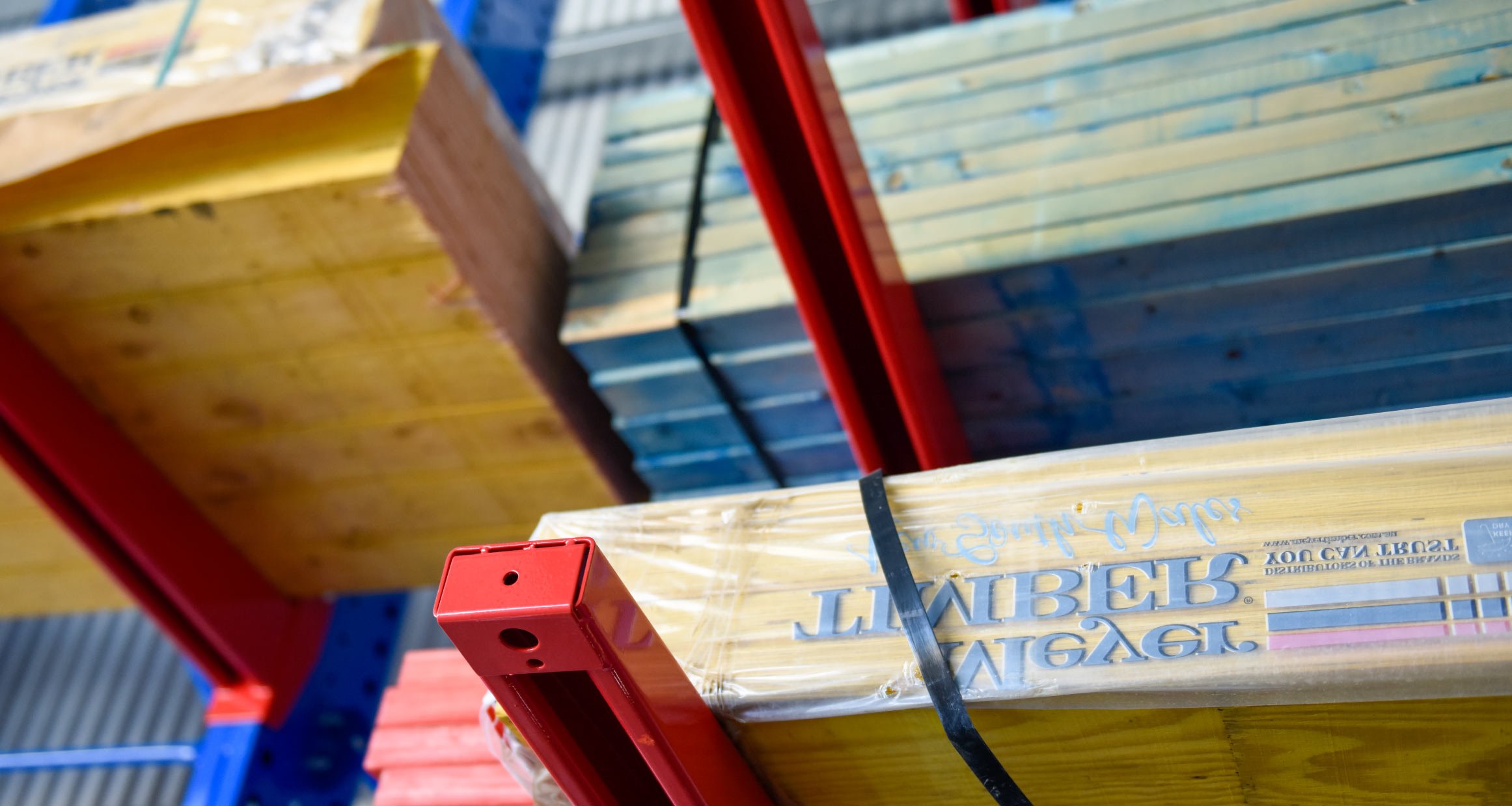Healthy Homes and Well-being
Creating a healthy home goes beyond just comfort—it actively supports physical well-being, high indoor air quality, and energy efficiency. At Alpine PassivHaus, we use sustainable materials, advanced design, and carefully selected systems to ensure every home maintains a clean, safe, and comfortable environment year-round.
“The greatest wealth is health” – Virgil
AIR QUALITY
ENERGY EFFICIENT
SUSTAINABLE MATERIALS
HIGH INSULATION
TEMPERATURE CONTROL

What Makes a Healthy Home?
A healthy home is designed to stay warm in winter, cool in summer, and free of drafts and pests. Key elements include high insulation, an airtight, thermal bridge-free design, and a Heat-Recovery Ventilation (HRV) System that circulates filtered, preheated air while keeping out pollutants and allergens. Our use of natural materials further ensures a chemical-free, healthy indoor space.
Cold Homes and Health Risks
Homes that fail to stay warm in winter or adequately cool in summer can significantly impact health. Based on reviews of evidence, the World Health Organisation has also identified that cold housing has been linked to increased risks of cardiovascular and respiratory issues. Research from the University of Melbourne suggests that by far the biggest negative health impact is on the mental health of a person living in a cold home.¹
By creating well-insulated, draft-free homes, we improve comfort and reduce these health risks.
Figure 1: The prevalence of chronic health problems and the ability to afford to heat a home. Note: Estimates are adjusted for age and population weights. Population weights were applied using STATA command ‘aweight’. Measures of health conditions are self-reported doctor diagnosis of each condition. (Bentley 2024)

Sustainable Materials for ECO Living
We prioritise sustainable, non-toxic materials like wood and recycled cellulose for our prefabricated wall panels. These materials help create a carbon-negative building envelope that actively absorbs carbon, contributing to a healthier environment.
Indoor Air Quality and Pollutants
Since we spend around 90% of our time indoors, indoor air quality has a major impact on health. According to the World Health Organization (WHO), indoor air pollution (IAP) is responsible for the deaths of 3.8 million people annually.²
Common indoor pollutants include:

Fireplaces and Air Quality
While fireplaces may add a cosy atmosphere, they introduce significant pollutants and are unnecessary in high-performing, well-insulated homes. Alpine PassivHaus designs homes that stay warm naturally, eliminating the need for fireplaces and their associated air quality risks.

